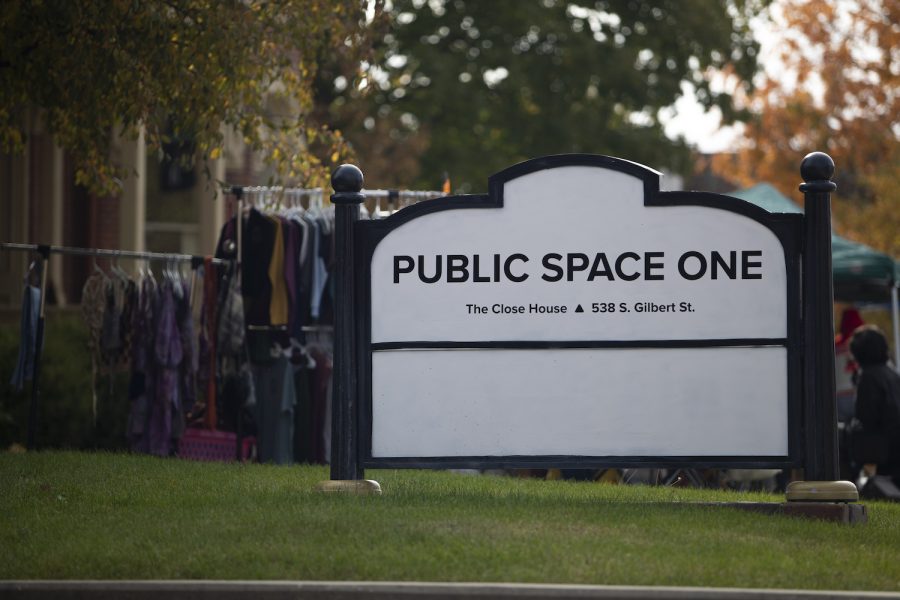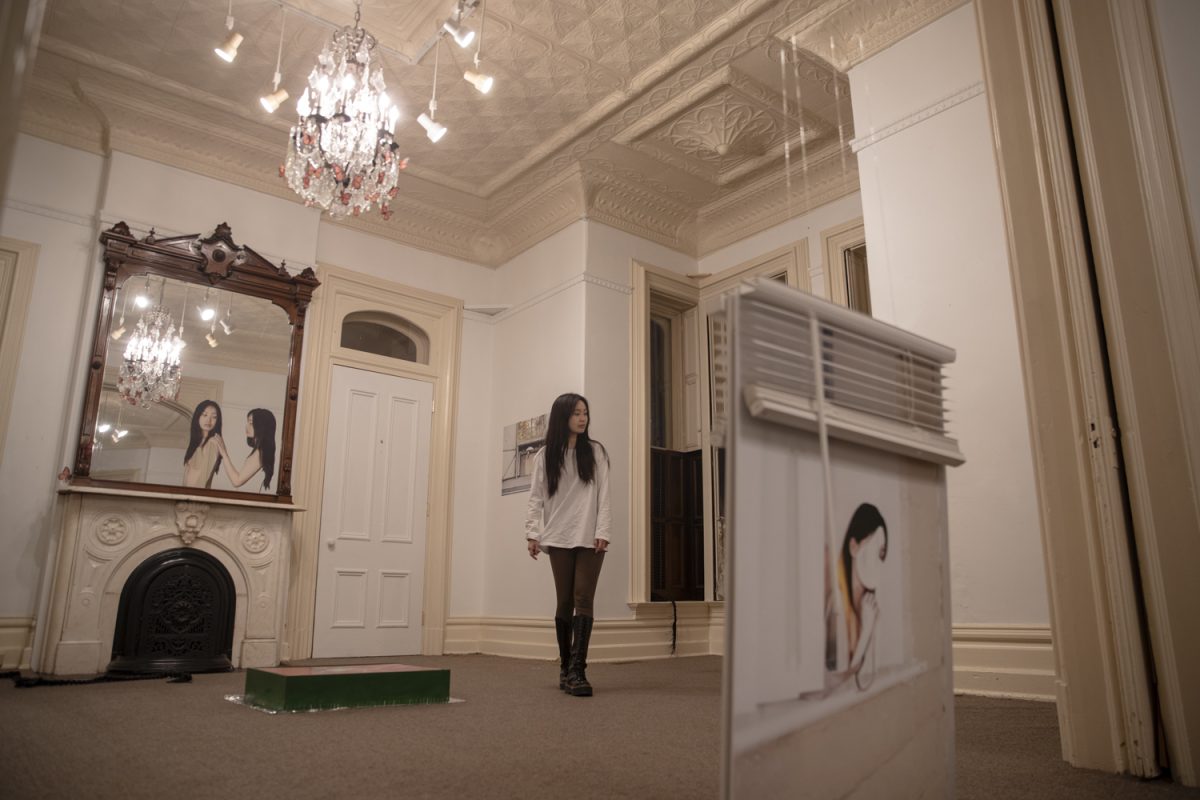I’ve had the same corkboard on my bedroom wall since first grade, and I haven’t removed or replaced any of the items on it in years: not the junior-high dance pictures, Iowa basketball ticket stubs, or Seventeen magazine clippings of Chad Michael Murray.
In fact, I stopped bothering with corkboards altogether after receiving an invitation to join Pinterest in 2011 (back when you needed an invitation to join the website). Today, anyone with a Wi-Fi connection can create a Pinterest account — and more than 70 million people have, making it the third-most popular social-media site in the world, behind Facebook and Twitter.
Pinterest didn’t start this way. The site was launched in March 2010 by Yale graduate and former Google employee Ben Silbermann, who envisioned an interactive website that would fulfill people’s impulse to collect. Silbermann was also raised in Des Moines; thus, most of Pinterest’s beta users were Iowans. (We launch social-media sites in much the same way as we do presidential races.)
In essence, Pinterest is a virtual and much more stimulating version of my bedroom corkboard. Users can "pin" an unlimited number of web images to an unlimited number of "boards," or categories. These pins link to their original online source; thus, if you pin a photo of the latest Steve Madden boots, you can click on the picture and be directed straight to the brand’s website, where you can buy said boots.
Pinterest isn’t just some customizable catalogue, however. Besides fashion, other hot pin topics are recipes, DIY crafts, fitness guides, life hacks, humorous memes, artsy images, inspirational quotes, wedding and child-rearing tips, and celebrity or animal photos. Users log on to see a collection of pins from the other profiles they "follow" — all presented on a clean, simple interface. This aesthetic is apparently quite female-friendly — 80 percent of Pinterest users are women.
When I first joined the site, I wasn’t sure if I’d fit Pinterest’s target demographic of crafty, big-spending, wedding-planning women. Fortunately, the site is as customizable as a personal blog — or, well, pin board. While my stylish friend Lindsay has more than 4,000 pins dedicated to jewelry, workouts, and sorority merchandise, my profile is dominated by images and factoids regarding Harry Potter, TV comedies, the Beatles, and Leonardo DiCaprio’s filmography. The only thing Lindsay’s and my accounts have in common are our copious pins of tattoo and cat memes.
At its core, Pinterest is an easy way to organize and categorize one’s personal life — interests, priorities, goals — as much as one white-toned website can. For better or worse, Pinterest fulfills our generation’s supposed need for individual, customized identity — without promoting the levels of narcissism seen on Facebook or Twitter.
The Pinterest formula is certainly not without flaws. The site is rife with rotten pins, from faulty craft projects to corporate spam. Harmful "body motivation" messages spread like wildfire, including the infamous pin featuring the phrase, "Nothing tastes as good as skinny feels" superimposed over an image of an inaccessibly thin, thigh-gapped Kate Moss. (My "Noms" Pinterest board can show you 111 things that taste better than skinny feels, Ms. Moss.)
There are humorous ways to counteract such drivel. The website PinterestYouAreDrunk.com has compiled the website’s most questionable pins. For our part, some friends and I created a board titled "Pinterest Fails," on which we stash everything from anti-feminist catch phrases — "You’re the type of boy I’d make a sandwich for."Really? — to recipes for bacon-wrapped turkey.
Despite its flaws, Pinterest is one of the most customizable and addictive social-media sites on the web — with the added bonus of being cofounded by an Iowan. It’s currently valued at $4 billion, and Silbermann has said he will start to incorporate advertising this year, which could make or break the site. But given his meticulous nature — a characteristic shared, I assume, by Pinterest’s most avid users — I can only imagine success in the site’s future.
I’ve procrastinated many an essay on Pinterest — I even put off writing this article until I had perused far too many Game of Thrones pins — and very little of this time was spent making friends or expanding my mind. But I have turned 2,723 images and links into a testament to my personality — my obsessiveness, my dry humor, my constant search for inspiration, and the perfect pumpkin-bread recipe.
Pinterest is as self-indulgent as Facebook and Twitter, but it has a sort of nerdy flair absent in its status and selfie-centered counterparts. Like a stamp collection or a corkboard of childhood relics, Pinterest allows its users a material — and in this case virtual — encapsulation of their characters. Silbermann said it himself in a Business Insider interview: "What you collect says so much about who you are."
What a pinteresting concept.






